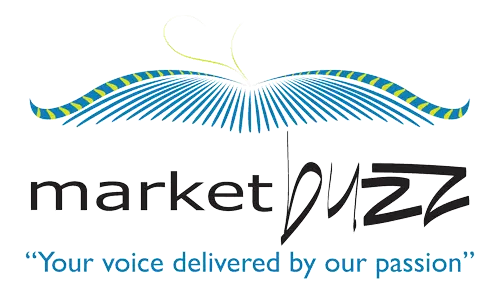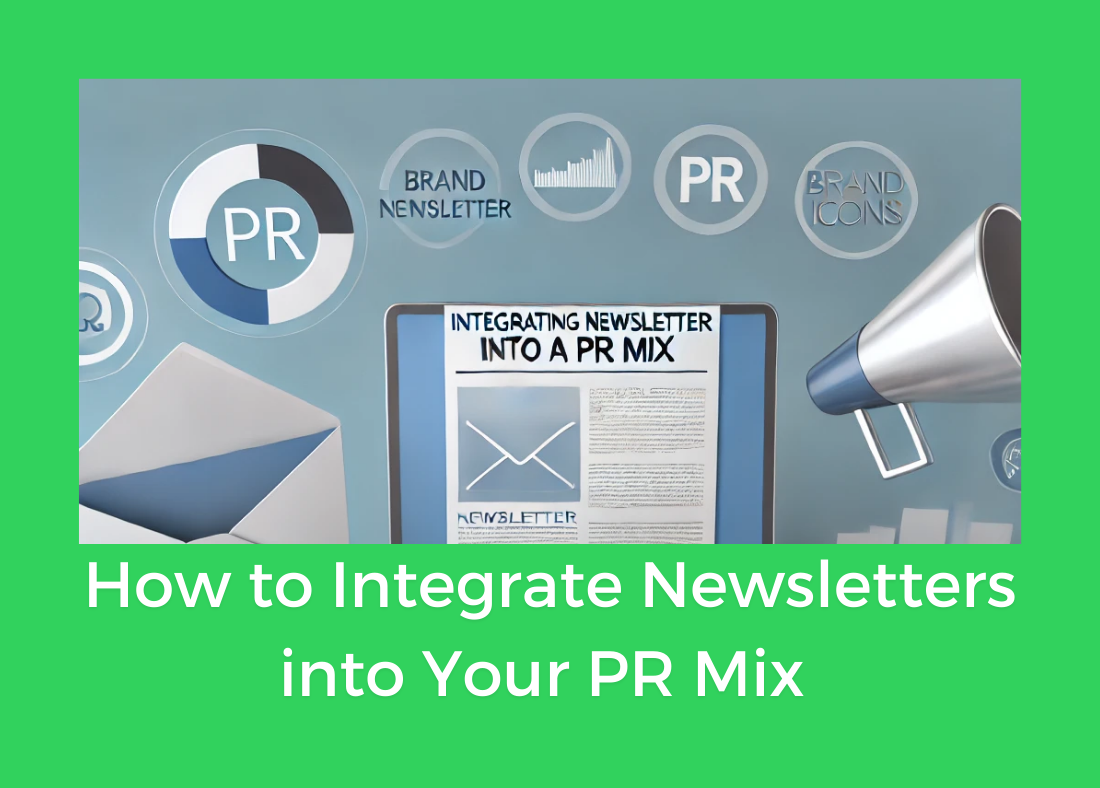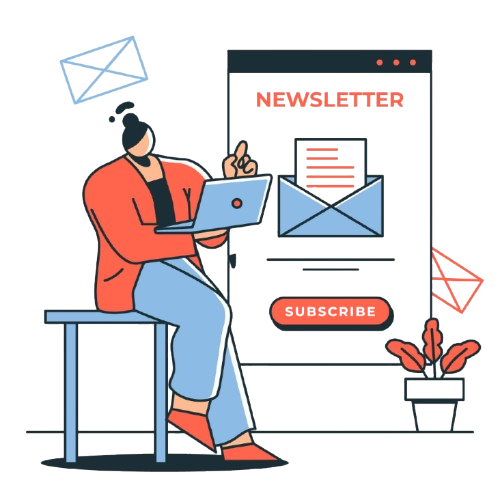Newsletters are a timeless yet powerful tool in the PR arsenal. Far from being a relic of the past, they offer a direct and personal line of communication with your audience, making them an indispensable component of a well-rounded PR strategy.
Why Include a Newsletter in Your PR Mix?
Direct Communication: Newsletters enable businesses to communicate directly with their audience, bypassing the noise of social media algorithms. This direct access ensures that your message reaches those genuinely interested in your content, enhancing engagement and fostering a sense of community. For niche businesses, newsletters are a great way to keep key journalists who cover your sector informed about your products and services, keeping your brand top of mind for any features they might be working on.
Brand Consistency: A well-crafted newsletter reinforces your brand identity by consistently presenting your messaging, tone, and values. This consistency helps build trust and loyalty within your ecosystem.
Content Control: Unlike social media, where content is subject to platform policies and changing algorithms, newsletters offer complete control over the message. You can decide the frequency, tone, and content, tailoring it to meet the needs and interests of your audience. However, ensure that your content is “newsworthy” and not merely a sales pitch—no one likes to be sold to. Save the sales focus for ads; if you must include one, it should act as a subtle break within the content.
Measurable Impact: With the right tools, newsletters provide valuable insights into audience behaviour. Metrics such as open rates, click-through rates, and conversion rates help you understand what resonates with your readers, allowing you to refine your content strategy for better results.
Elements of a Good Newsletter: Creating an effective newsletter requires more than just a regular email blast. The following elements are crucial to ensuring your newsletter is both engaging and impactful:
Compelling Subject Line: The subject line is the first thing your audience sees, and it determines whether they will open your email. It should be clear, concise, and enticing, providing a glimpse of the value inside. Avoid clickbait; instead, focus on delivering on the promise of your subject line. Think of a newsletter headline that made you click, and apply that same thinking to your subscribers and ecosystem.
Personalisation: Personalisation goes beyond just adding the recipient’s name. Tailoring content to reflect the interests, preferences, and behaviours of your audience can significantly increase engagement. Segmenting your mailing list allows for more targeted messaging, making your content more relevant and valuable to each subscriber.
Value-Driven Content: Your newsletter should offer something of value to your readers, whether it’s industry insights, exclusive news, or practical tips. Content should be informative, engaging, and aligned with the interests of your audience. The goal is to provide them with something they can’t easily find elsewhere.
Clear Call to Action (CTA): Every newsletter should have a purpose, whether it’s driving traffic to your website, promoting a product, or encouraging event registration. A clear and compelling CTA guides your readers on what action to take next, ensuring your newsletter achieves its intended goal.
Visually Appealing Design: A visually appealing newsletter is easier to read and more engaging. Use a clean, professional design with a good balance of text and images. Consistent branding with your company’s colours and logo helps reinforce brand identity, while mobile optimisation ensures readability across all devices.
Regular Frequency: Consistency in sending newsletters is key to maintaining a strong relationship with your audience. Whether it’s weekly, bi-weekly, or monthly, stick to a schedule that meets the expectations of your subscribers without overwhelming them.
Feedback Mechanism: Encouraging feedback allows you to better understand your audience’s needs. Include a simple way for readers to share their thoughts or suggestions, helping you continuously improve your content and approach.
With the right approach, a well-crafted newsletter can enhance your brand’s visibility, strengthen relationships with your audience, and drive tangible results. By focusing on the key elements of a good newsletter, you can ensure that your communications are not only read but also valued by your subscribers.



